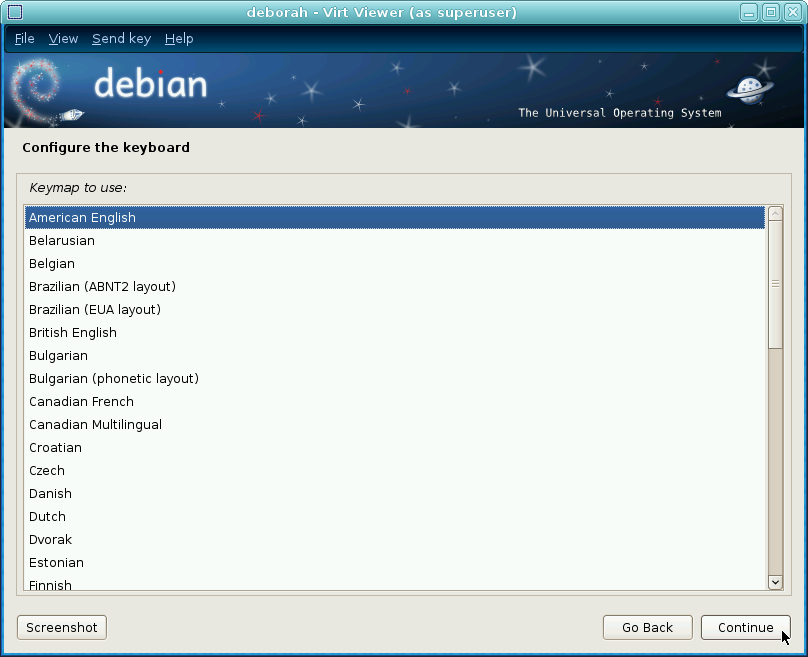
Home partition is used to store personal files like images,ĭownloads, music, videos, etc. Next, select the free space again and click the “+” button to create /home Mount point to be root (i.e., forward slash /). Select Ext4 journaling file system if it’s not already selected by default and The size of your hard drive and your needs.
#Volume manager in debian install#
Games and install many programs, I recommend 50GB or even 100GB. Recommends at least 15GB for the system partition. Now select the rest of the free space to create the root partition. Select “EFI System Partition” in the “Use as” Starting with the efi partition, 100MB is usually more than enough. Recent hardware uses the UEFI and we recommend to install Linux in the EFI mode, while older hardware can only be used in the legacy mode.įor the EFI mode, we recommend to create four different partitions:Ĭlick the “+” button, and create them in order. You can find out what bootloader is supported by your hardware in the motherboard firmware specs. UEFI and BIOS (legacy) are the two common bootloaders for computers. Loading the operating system and is critical part of every computer. The first partition will be for the bootloader. You can think of partitions as slicing our disk into parts, each for different purpose. Now that we have created a partition table, it’s time to create partitions. Select your disk → New Partition Table → Continue Creating Partitions A partition table will store information about our partitions. For that we first need to create a partition table on it. I’ll install my system with /dev/sda disk for my Ubuntu installation. These are brand-new hard drives that are not partitioned yet. If you also have several hadrd drives on your system, you can select the one you need based on its size. This is how Ubuntu’s installer partition manager looks like:Īs we can see, I have two hard drives, which are named alphabetically:
#Volume manager in debian manual#
We need to get to the manual partition settings of the installer, it is located under the “Something else” label in the Ubuntu installer: I’ll use Ubuntu 20.04 LTS installer to demonstrate partitioning, but the same

SUBSCRIBE for more Linux Videos Partitioning for Linux-only Installation Disk Selection


 0 kommentar(er)
0 kommentar(er)
